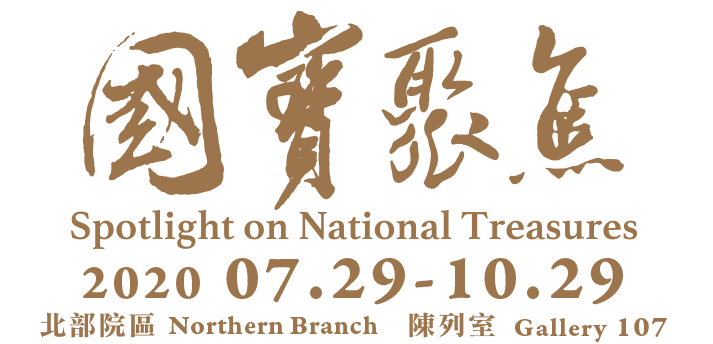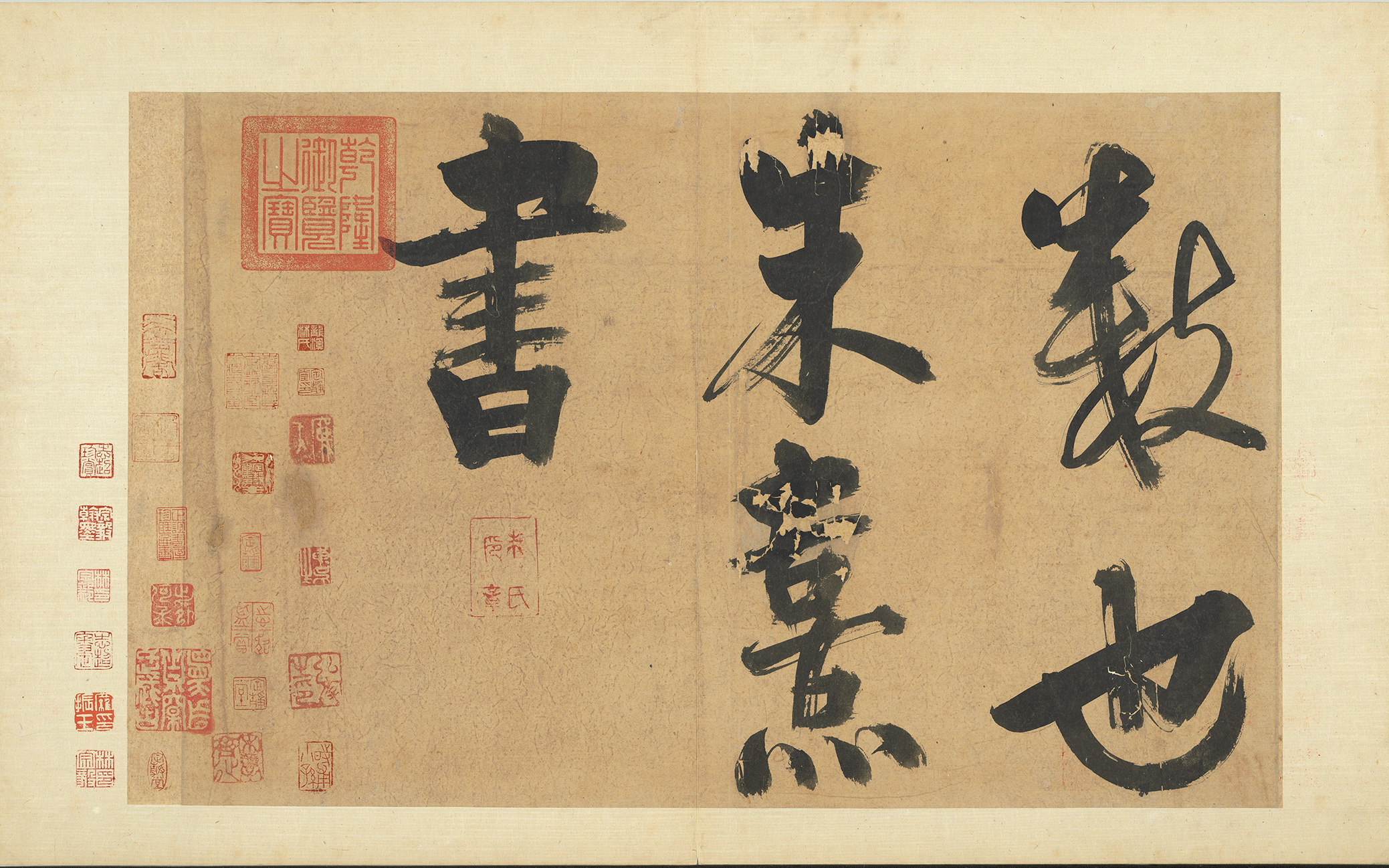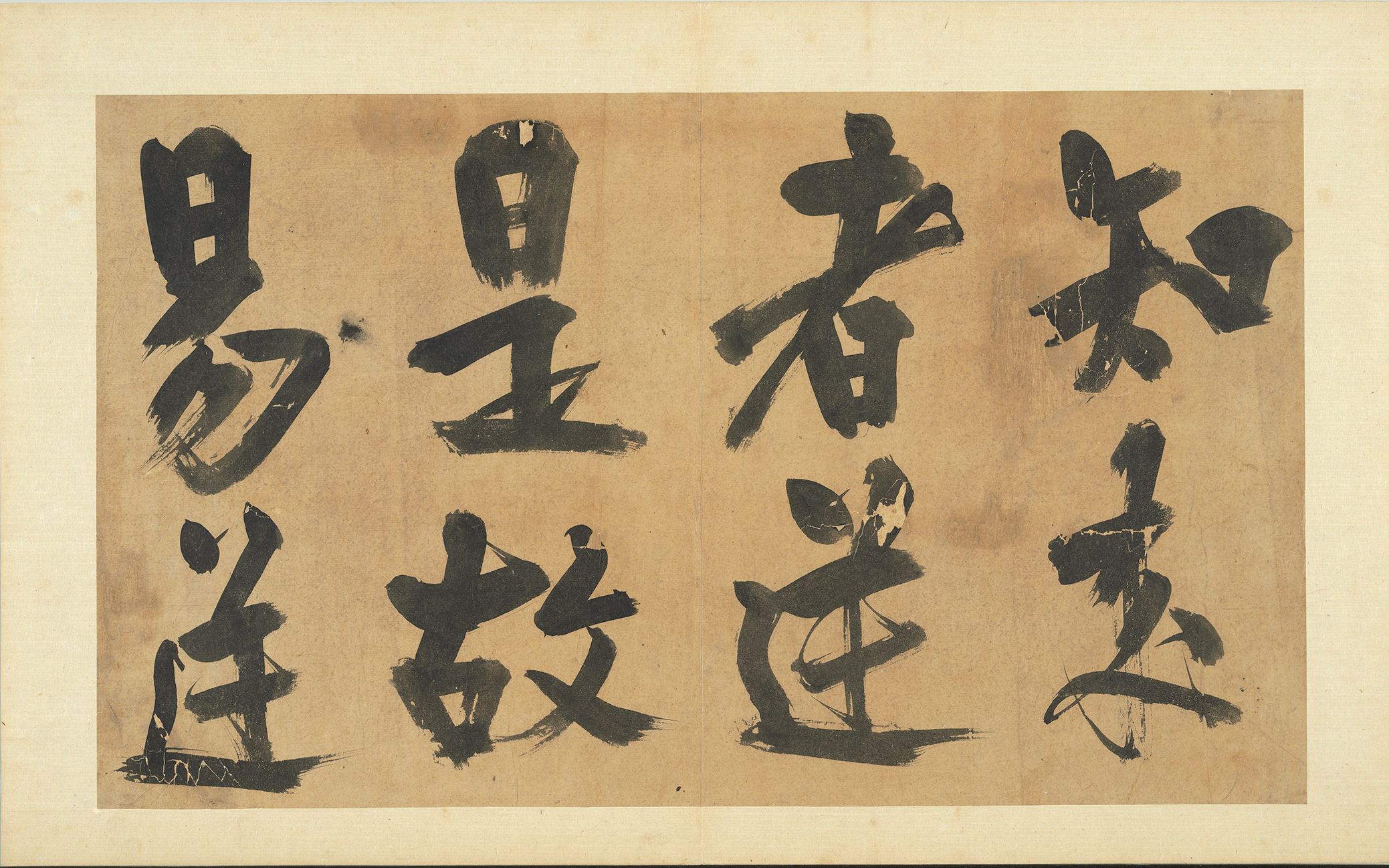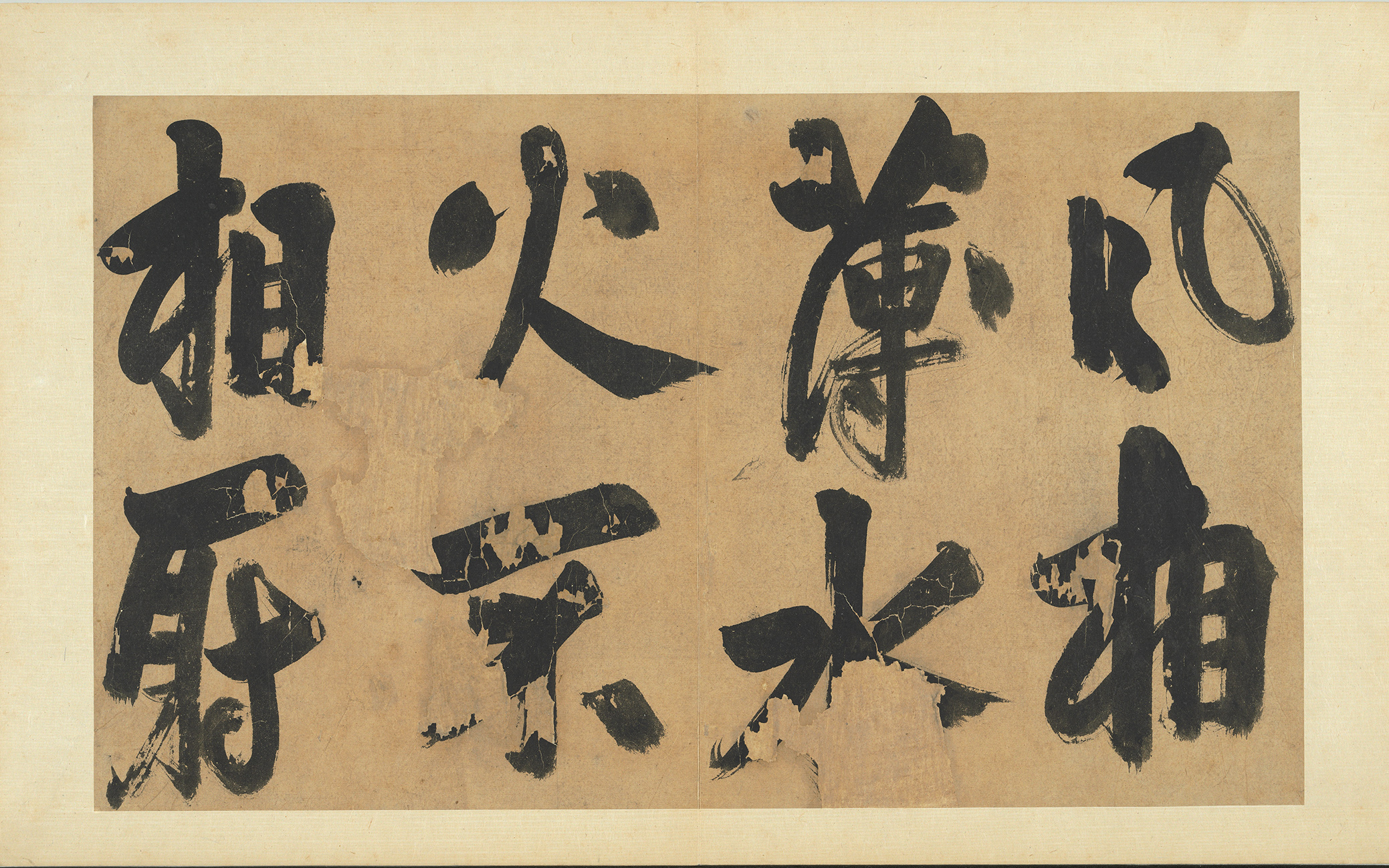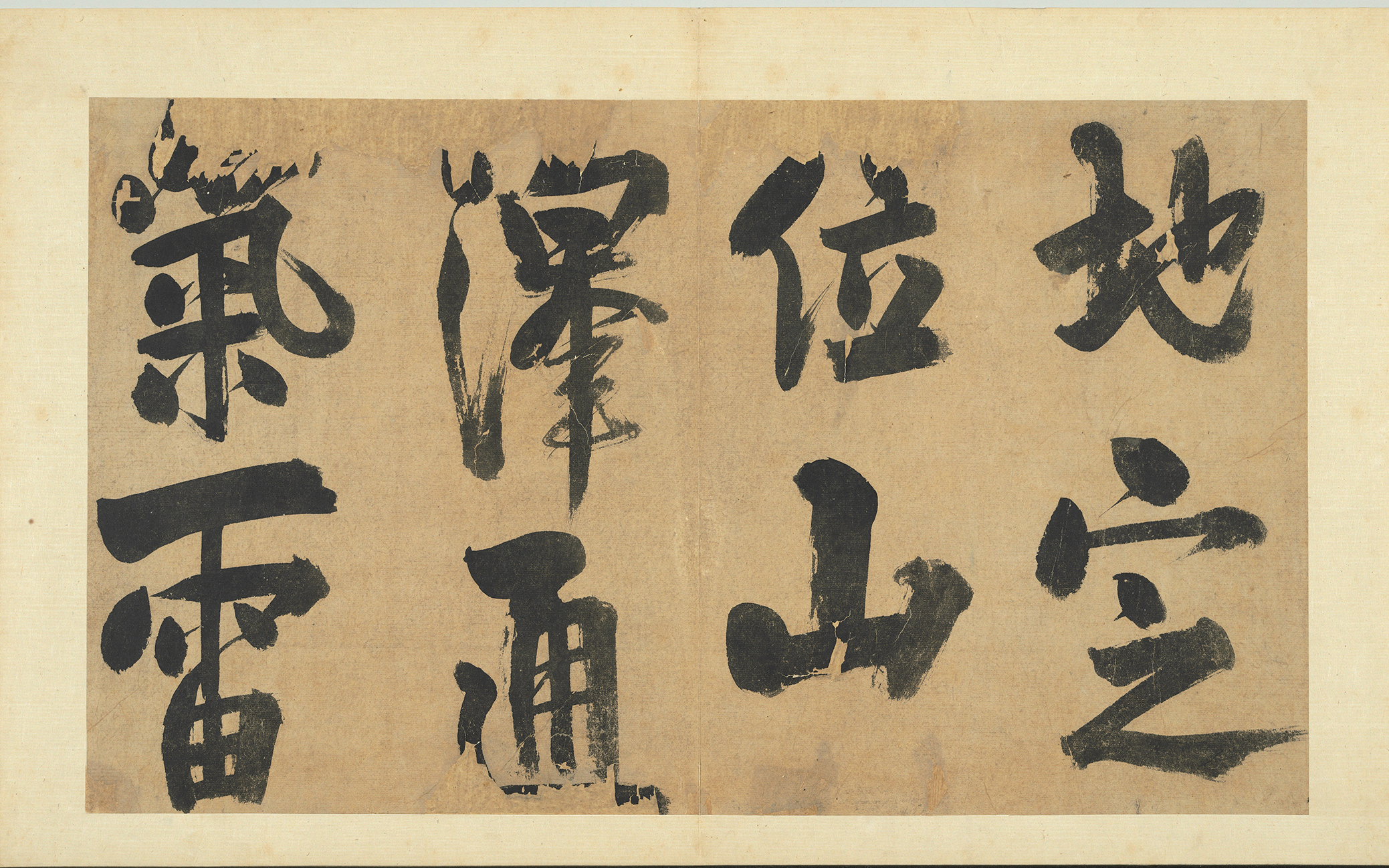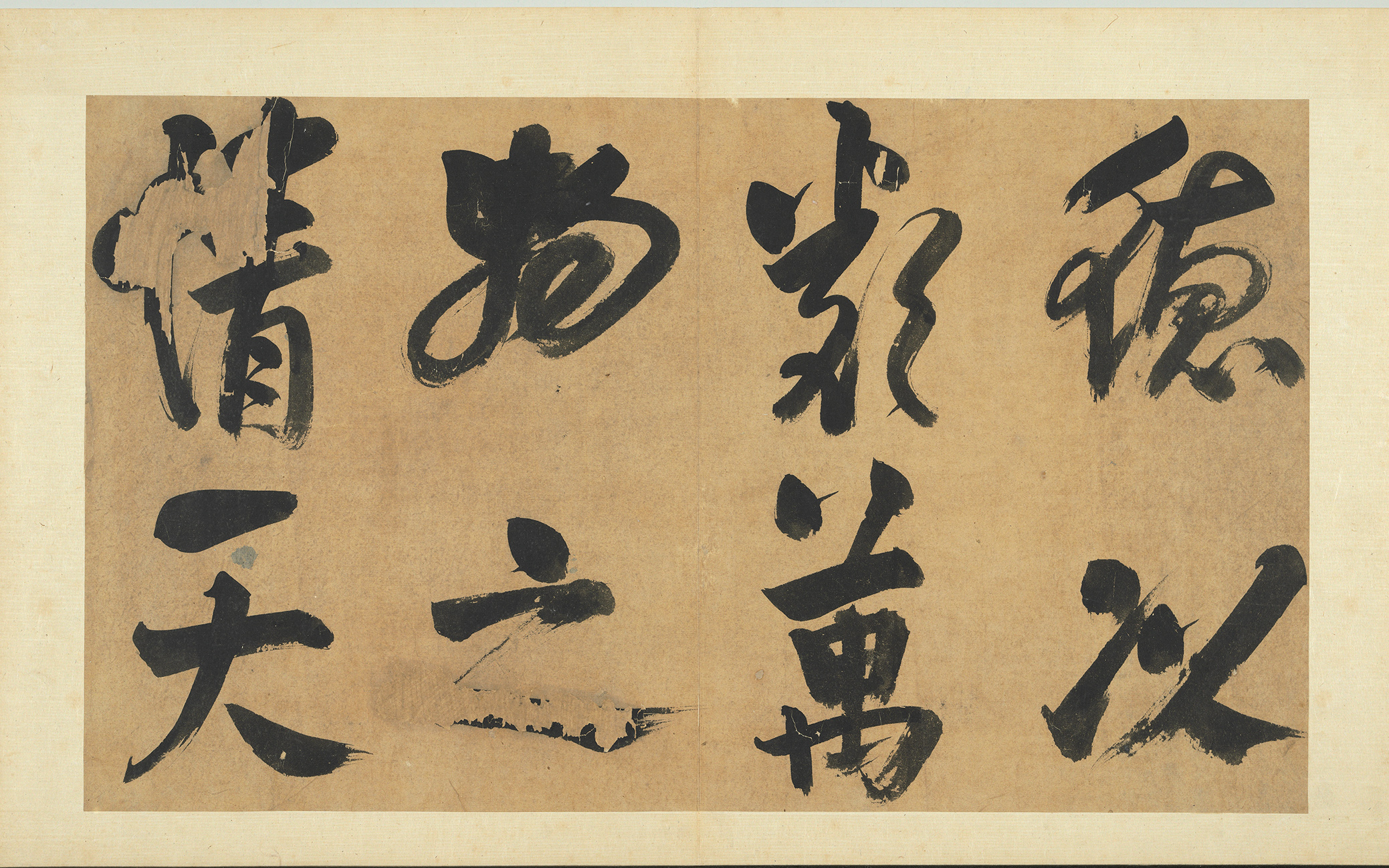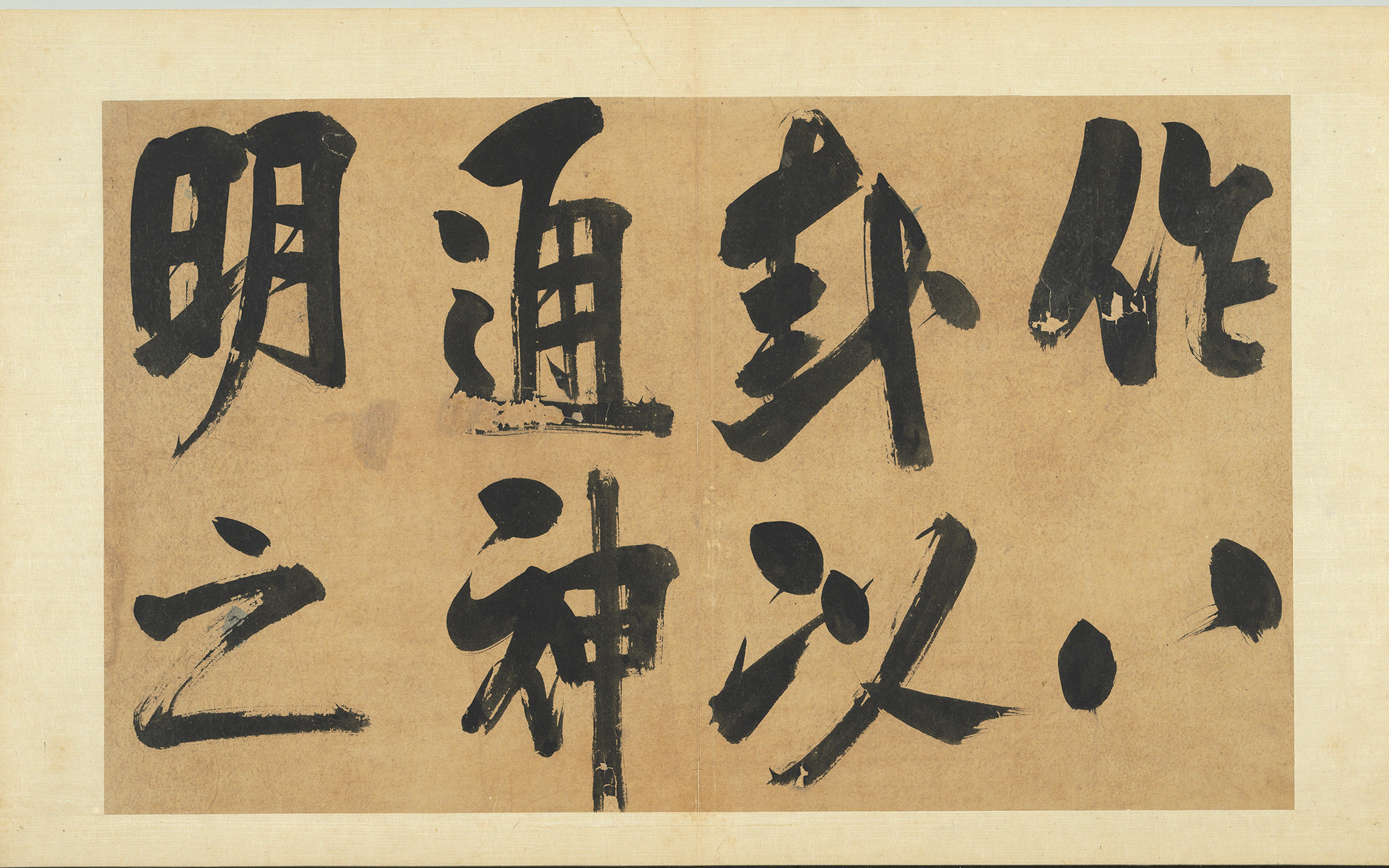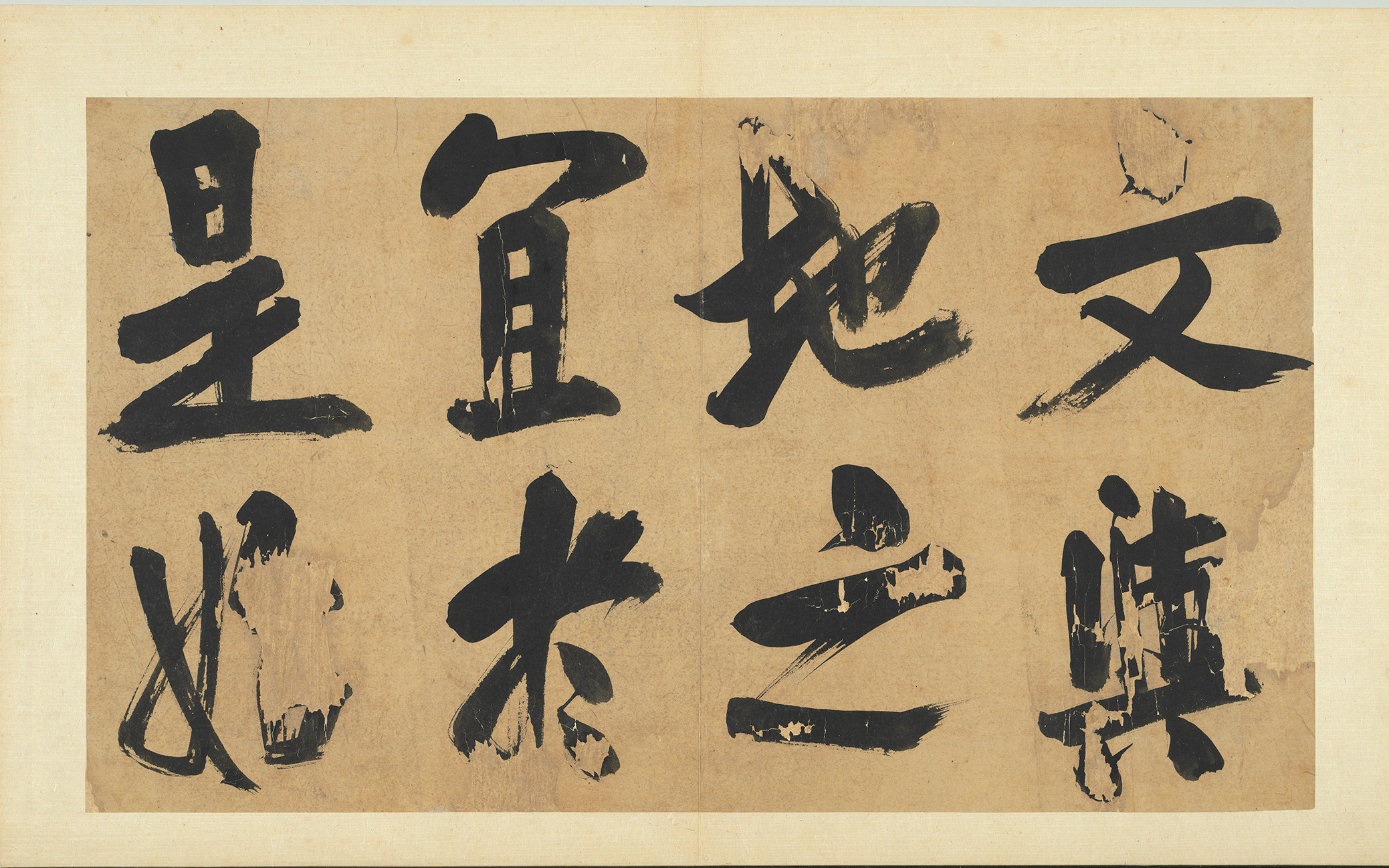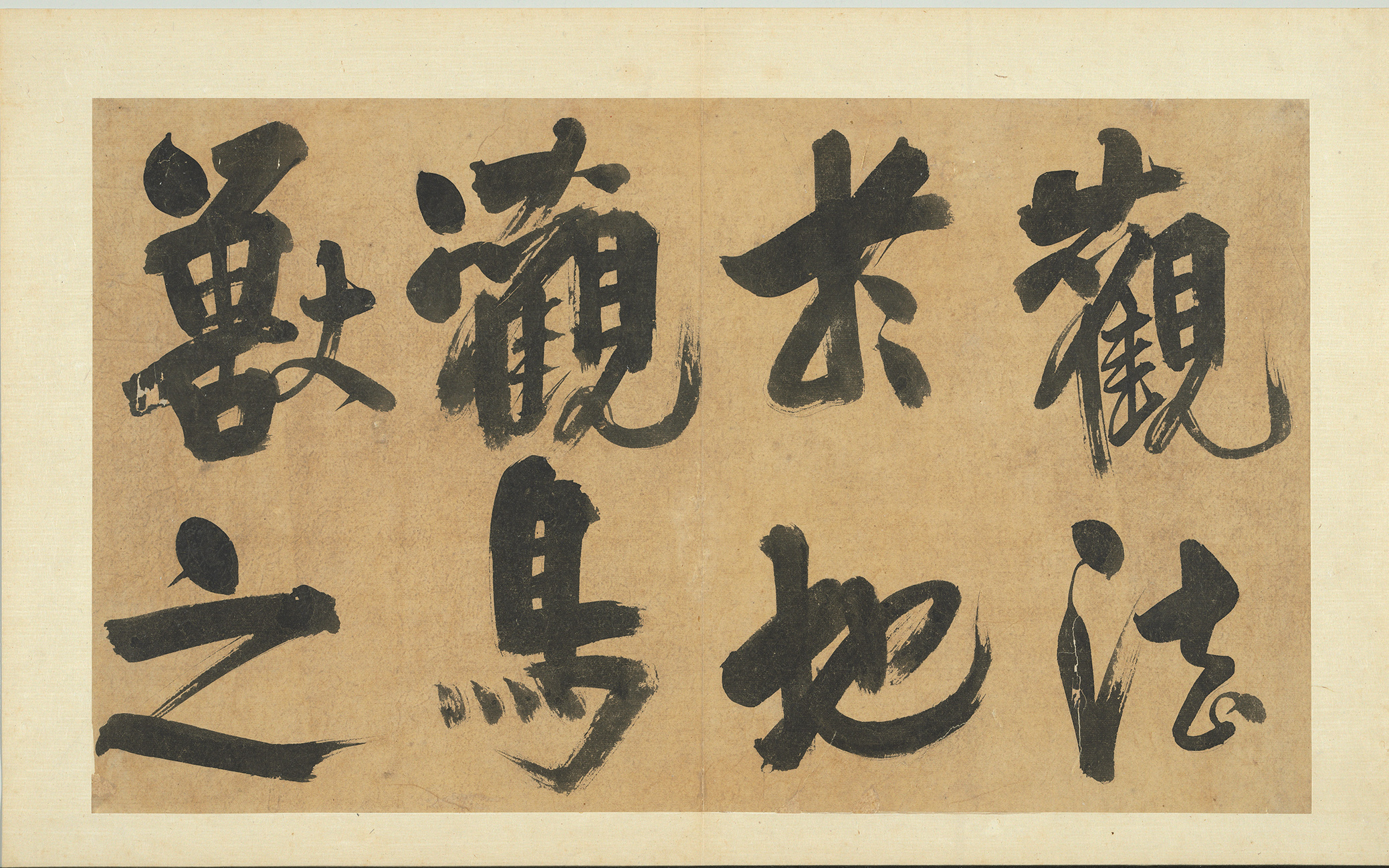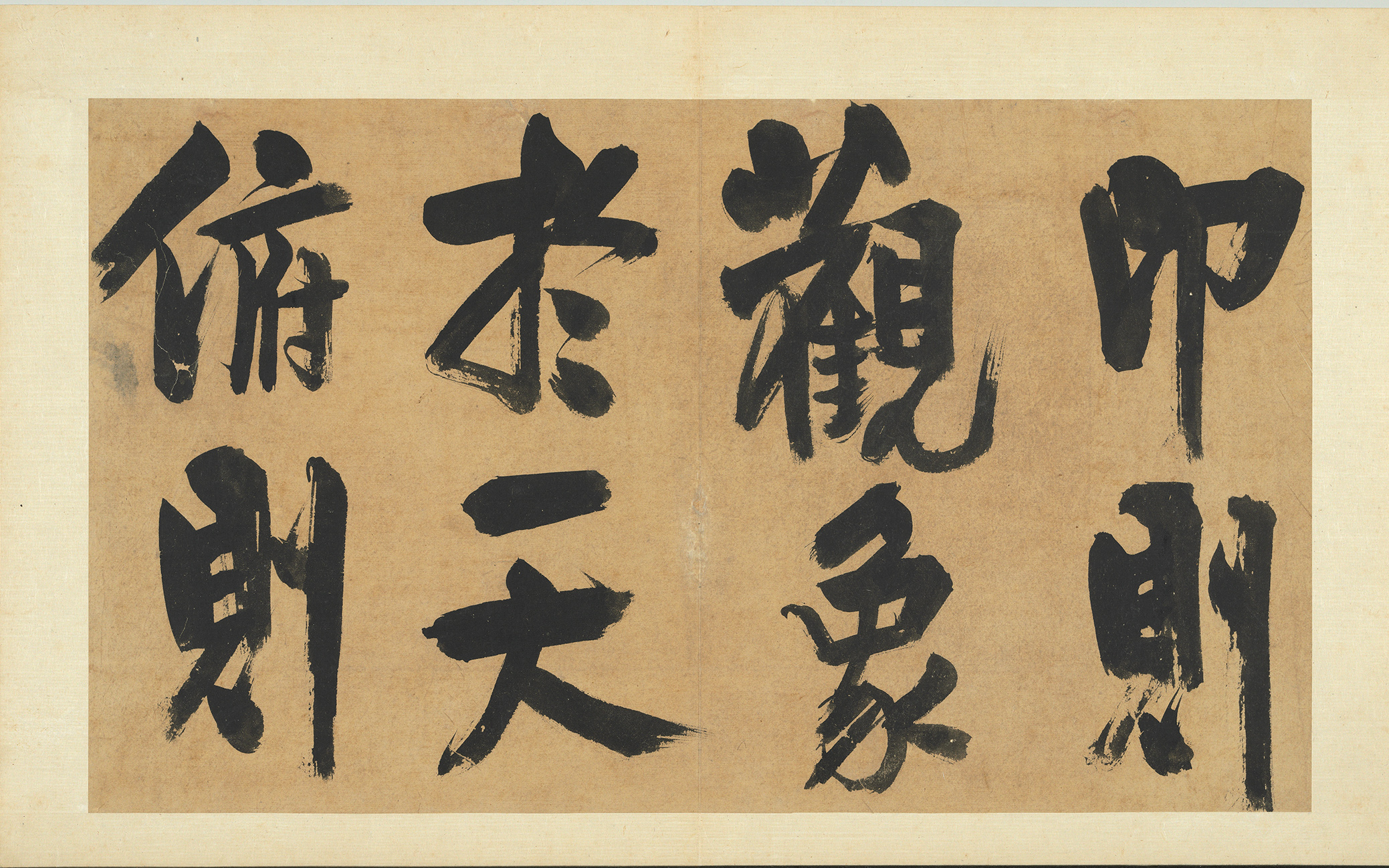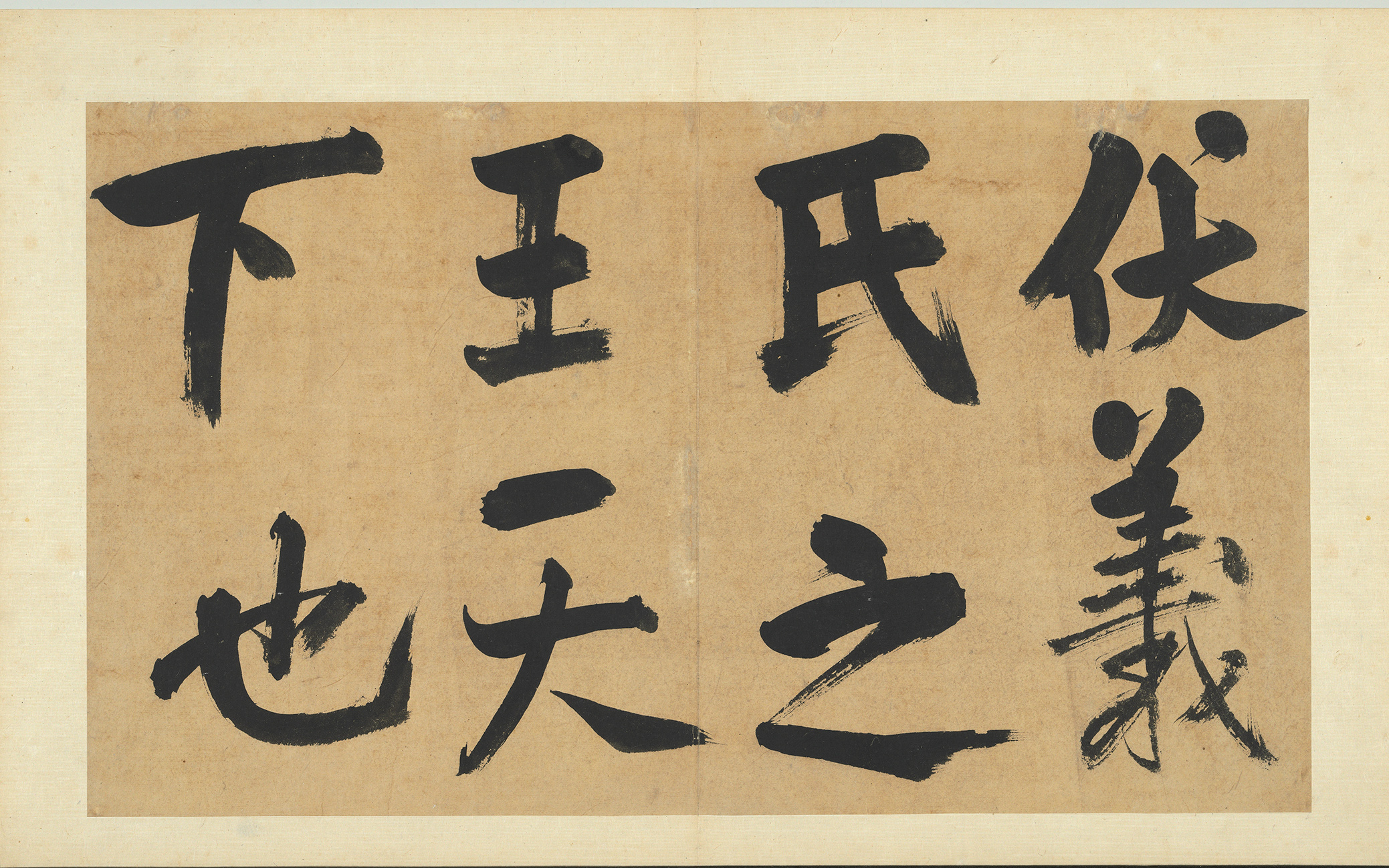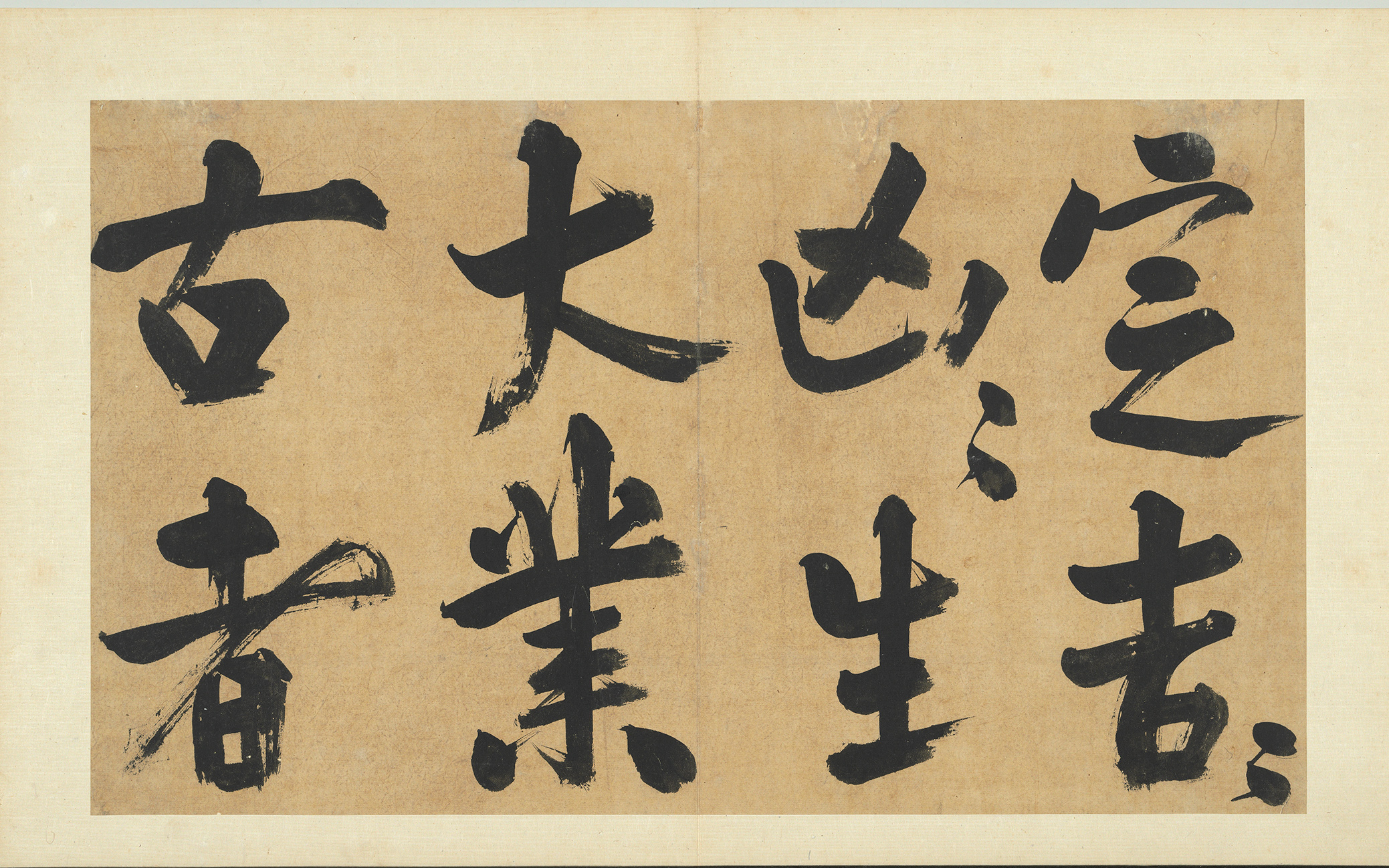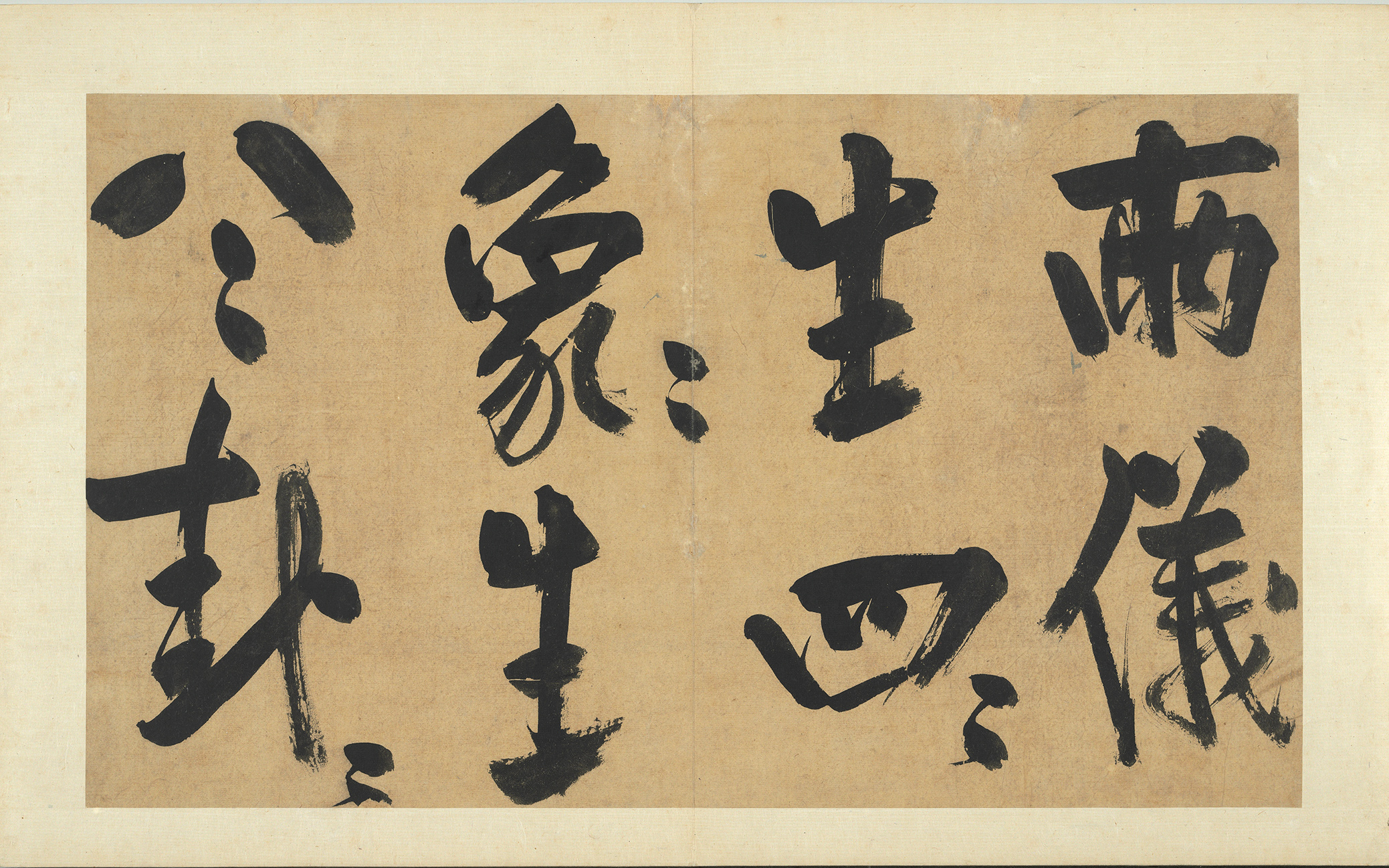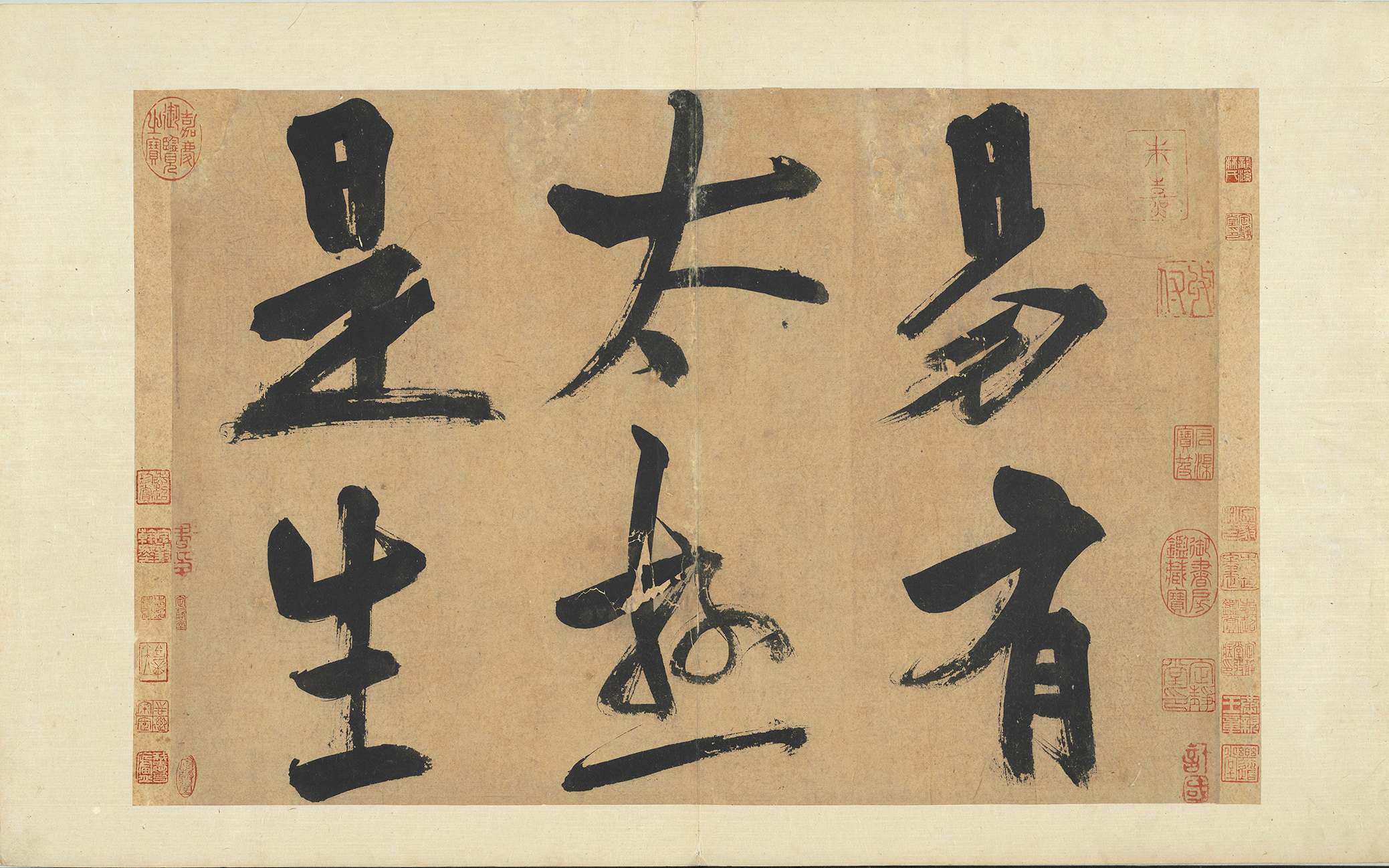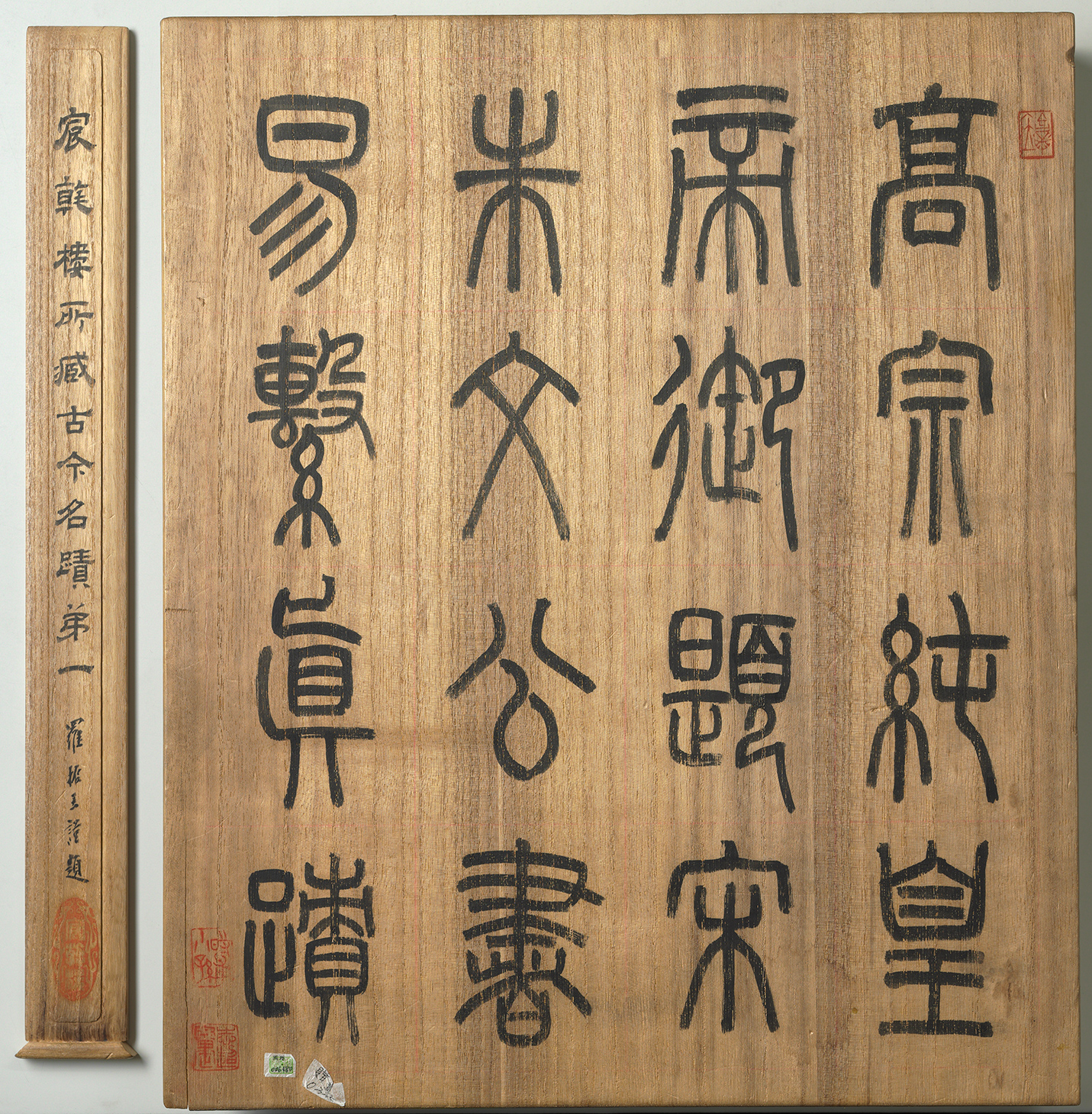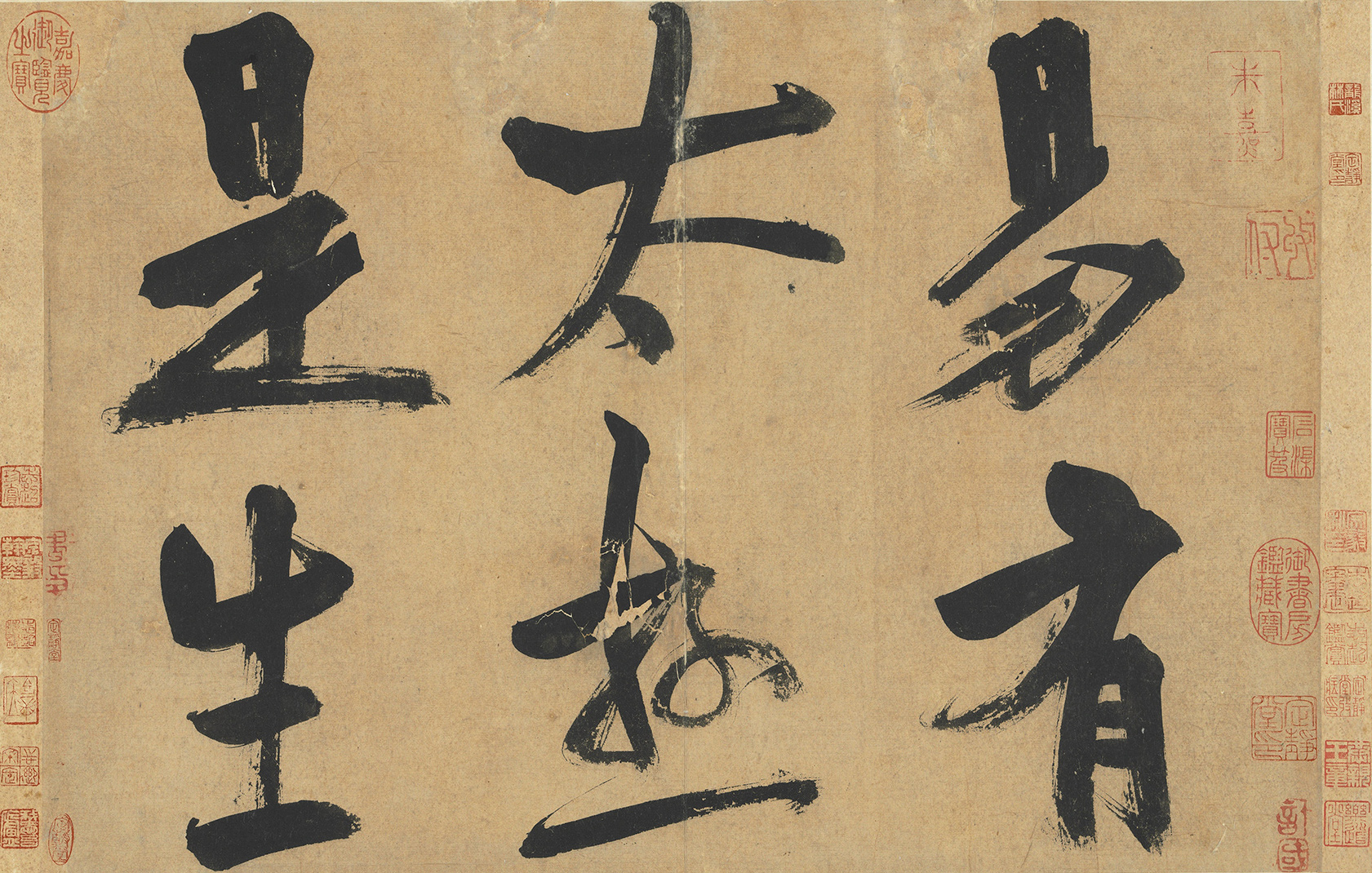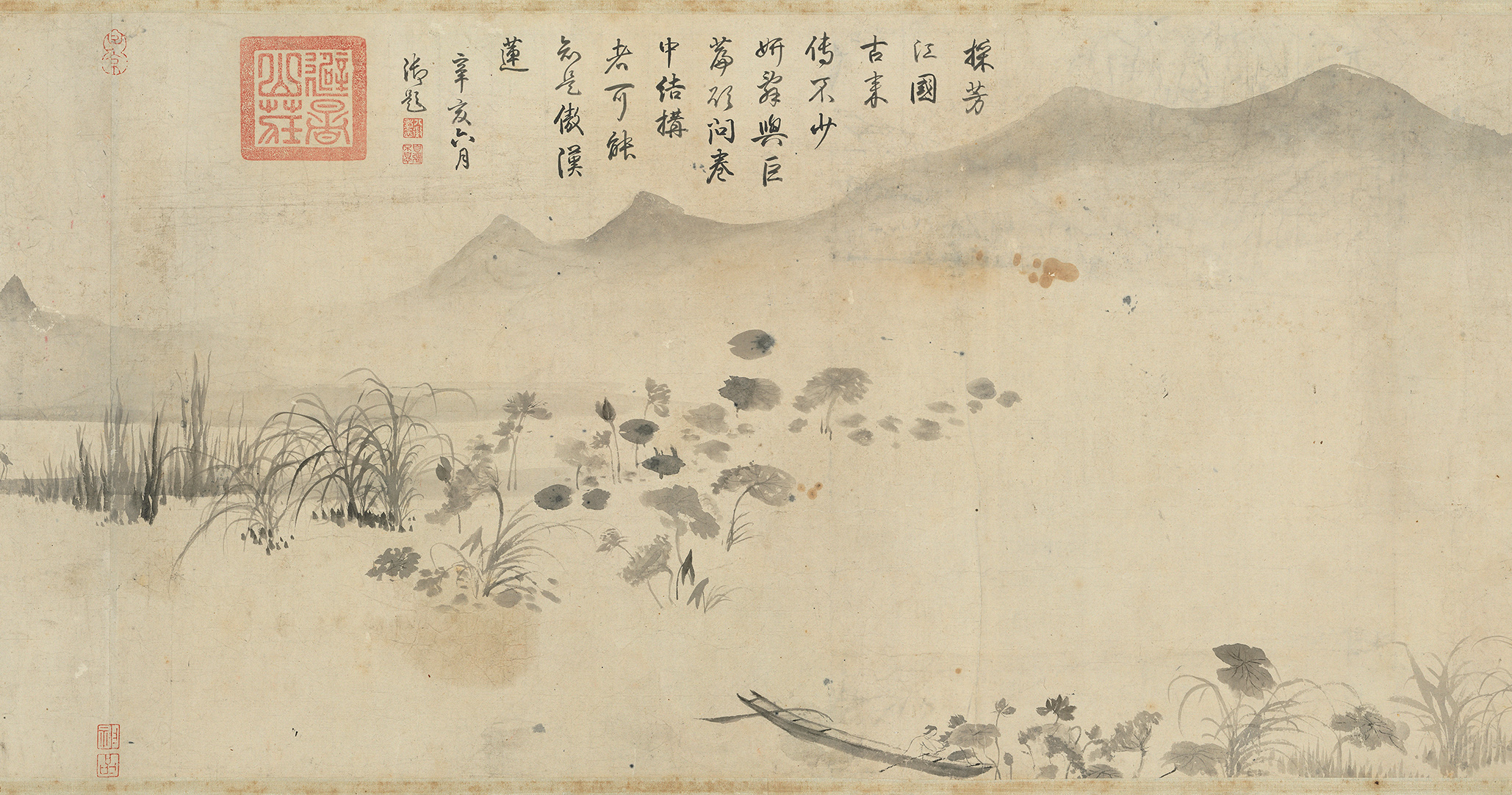Introduction
The works of painting and calligraphy in the National Palace Museum collection are categorized into three levels based on their artistic and other merits. Starting with the most important, these works are "National Treasures," "Significant Historic Artifacts (Significant Antiquities)," and "General Historic Artifacts (General Antiquities)." Since 2008, the Review Committee for Historic Artifacts at the Council for Cultural Affairs (predecessor of the Ministry of Culture) has worked in conjunction with the painting and calligraphy exhibitions at the National Palace Museum to conduct relevant inspections and written reports of the display items. Confirming the works ranked as "National Treasures" and "Significant Historic Artifacts," the results are thereafter made public. Consequently, the number of "National Treasures" has grown considerably over the years, the ones at the National Palace Museum far surpassing those at other institutions in Taiwan.
To present these findings and to promote further knowledge about the ranking of artworks at the National Palace Museum, Gallery 107 at its Main Building in Taipei is being set aside for special exhibitions of "Spotlight on National Treasures." In each rotation, two works of painting or calligraphy ranked as "National Treasures" are placed on display for approximately three months and changed at regular intervals. Should a work belong to the Museum category for "restricted display," however, the viewing period is limited to no more than 42 days.
All of these "national treasures" placed on display are exceptionally important works in the history of Chinese art. The goal of this spotlight exhibit on famous artworks is to promote a better understanding of painting and calligraphy with "National Treasure" status for visitors. In doing so, it hopefully reinforces the importance of conserving cultural heritage for the appreciation by future generations.
Selections
-
Commentary on the Book of Changes
- Zhu Xi (1130-1200), Song dynasty
- 44x71.4 cm
Zhu Xi (1130-1200), whose style name was Yuanhui and whose sobriquet was Hui'an, was a native of Wuyuan in Huizhou in present day Jiangxi province. Zhu was an important proponent of Lixue (also known as neo-Confucianism) who left behind an enormous corpus of written works, including the Collected Commentaries on the Four Books, which exerted a heavy influence on the generations that followed him.
This volume, which comprises excerpts from the Commentaries on the Book of Changes (Yizhuan), is the only extant example of large calligraphic characters written in Zhu Xi's hand. Each line contains only two characters, written with a fast-moving brush and composed so that they appear to have top-heavy structures. The characters' lines are heavy and dark, with occasional glimpses of "flying white," or places where the brush's bristles separated to reveal empty space. This outstanding piece of ancient large-character calligraphy was donated to the National Palace Museum by Mr. Lin Tsung-yi (1923-2006) in the seventy-second year of the Republic of China (1983). -
Picking Lotuses
- Tang Yin (1470-1523), Ming dynasty
- 35x150.2 cm
Tang Yin (1470-1523), a native of Wu County in Jiangsu province, went by the style name Bohu and the sobriquet Liuru Jushi. Tang was exceedingly talented in the realms of calligraphy, painting, poetry, and prose. He was a renowned scholar in the Jiangsu region during the middle years of the Ming dynasty who also worked in a professional capacity as a painter.
This painting depicts early morning on a summer's day, where boating maidens shuttle across a lotus-covered lake just emerging from dawn mists that have yet to burn away. The entire work features light, sparing ink washes, while the scenery and objects within were painted with a minimalist touch. Masterful brushwork can be seen in many of this painting's features, including its lotus leaves that range from lush and flourishing to old and decaying, as well as its soft, almost weightlessly elegant willow branches. The date inscribed on this painting indicates Tang Yin completed it in his fifty-first year. It is stylistically distinct from works he painted in his prime.
Exhibit List
| Title | Artist | Period |
|---|---|---|
| Commentary on the Book of Changes | Huang Tingjian (1045-1105) | Song dynasty |
| Picking Lotuses | Tang Yin (1470-1523) | Ming dynasty |
